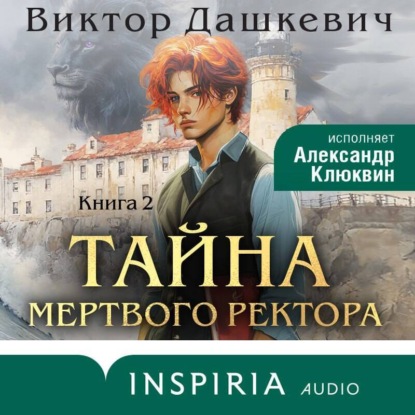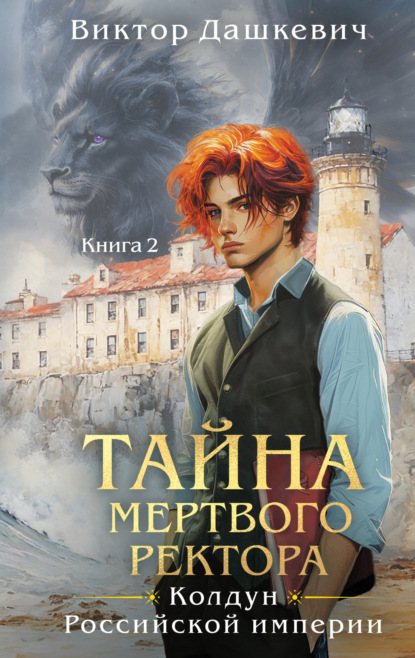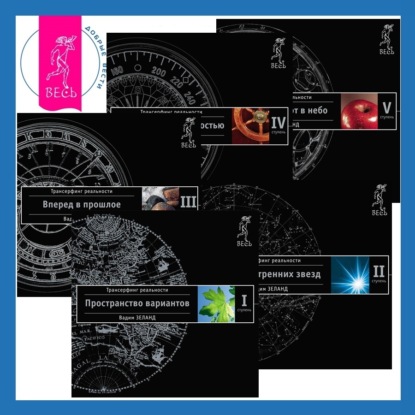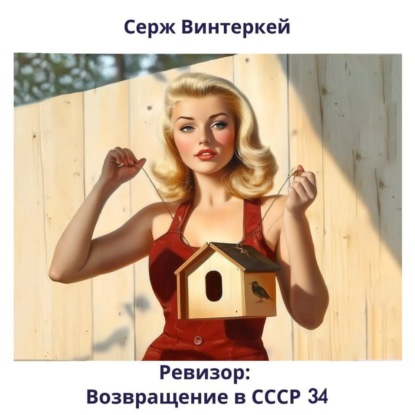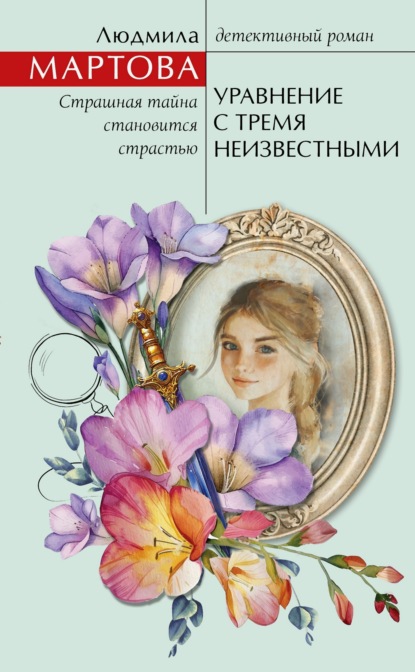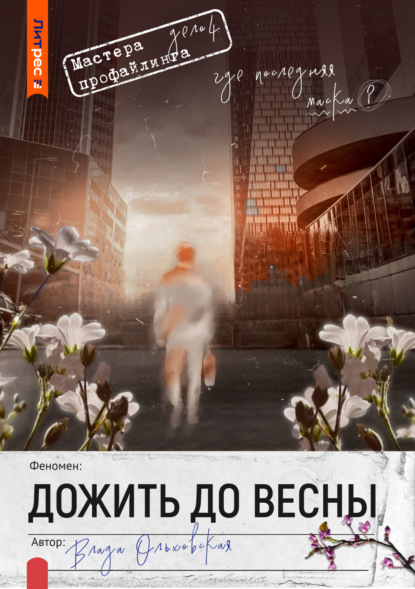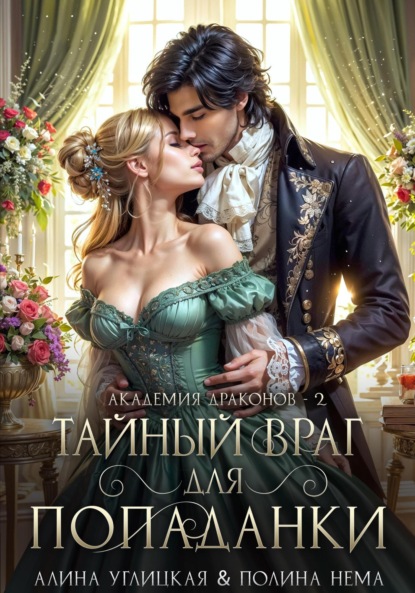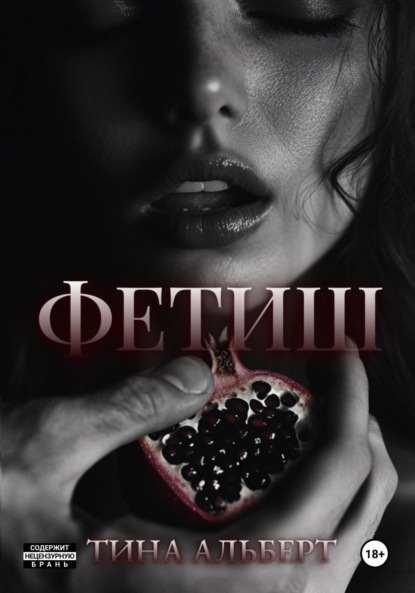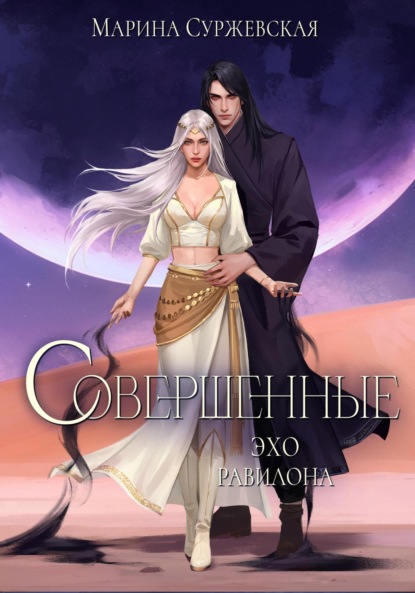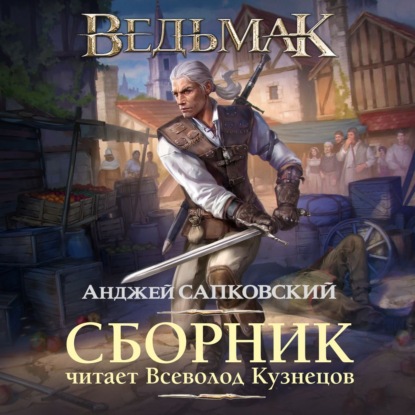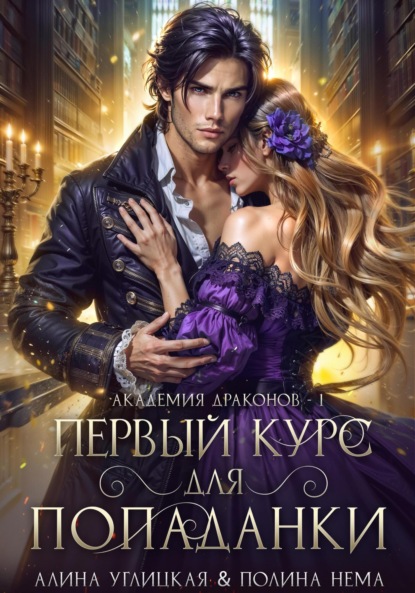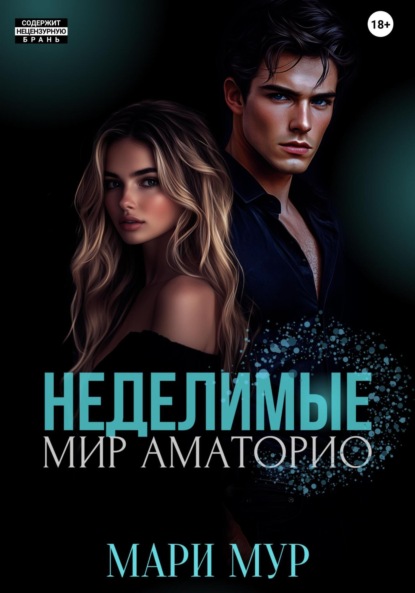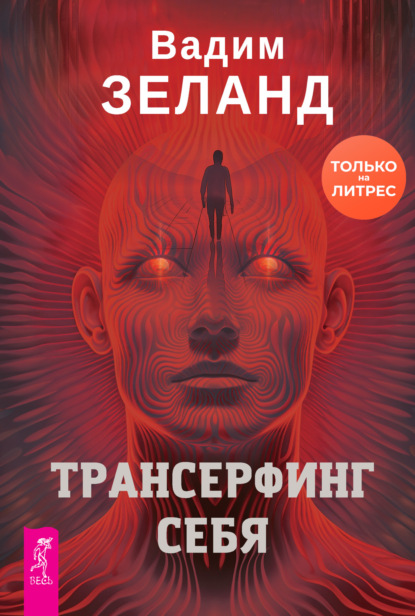Between about 1750 and 1850 English watercolour painting displayed a new and astonishing versatility. By the beginning of that period, watercolour had already outgrown its earliest use, which was to add local colour to drawings already virtually completed in monochrome. Instead, watercolour was increasingly used for its own sake, as an expressive medium particularly suited to the subtle evocation of atmosphere and weather; indeed, it was used extensively, both for sketches and finished paintings, by many of the greatest English landscapists, including Constable and Turner, Girtin and Cotman. The illustrations in this lively book have been chosen to show the wide variety of subject-matter and technique open to the watercolourist. Many of the works represented are unfamiliar; some have never been reproduced before, and many are reproduced in colour for the first time. Subjects range from Blake's powerful image of the Great Red Dragon from the Book of Revelation to Elmore's charming study of two early Victorian girls at archery practice; they include figure studies and industrial scenes, fireworks in Rome and a fiesta in Spain, as well as landscapes at home and abroad. There are some entertaining glimpses of the artists themselves at work. The illustrations demonstrate the use of widely differing techniques and experiments with the medium, and, most notably, they show that watercolour is ideally suited to the informal yet contemplative elements in English art. Это и многое другое вы найдете в книге English Watercolour Painting (Judy Egerton)
English Watercolour Painting Judy Egerton (книга)
Подробная информация о книге «English Watercolour Painting Judy Egerton». Сайт не предоставляет возможности читать онлайн или скачать бесплатно книгу «English Watercolour Painting Judy Egerton»

